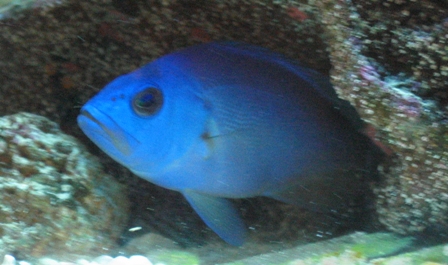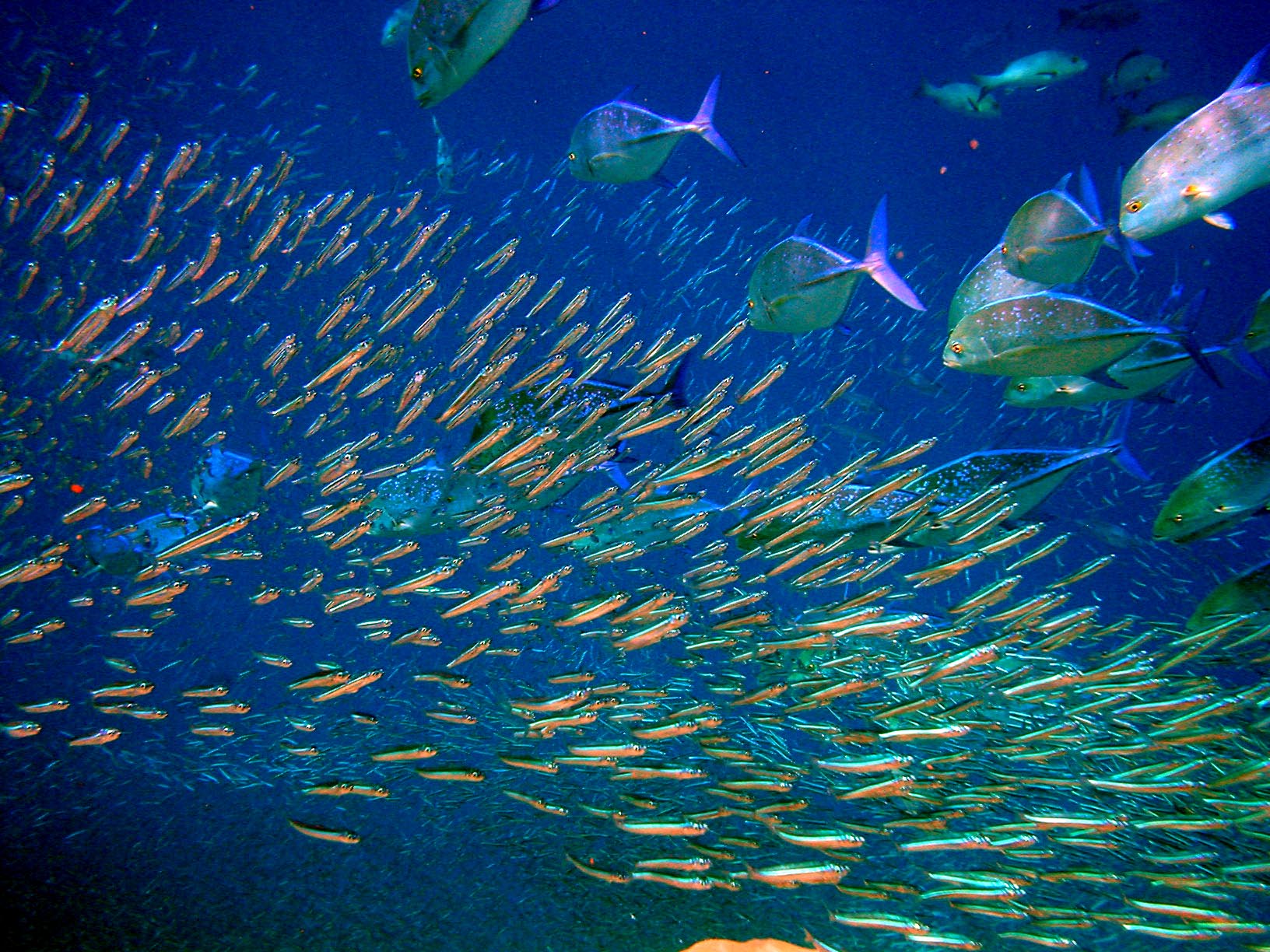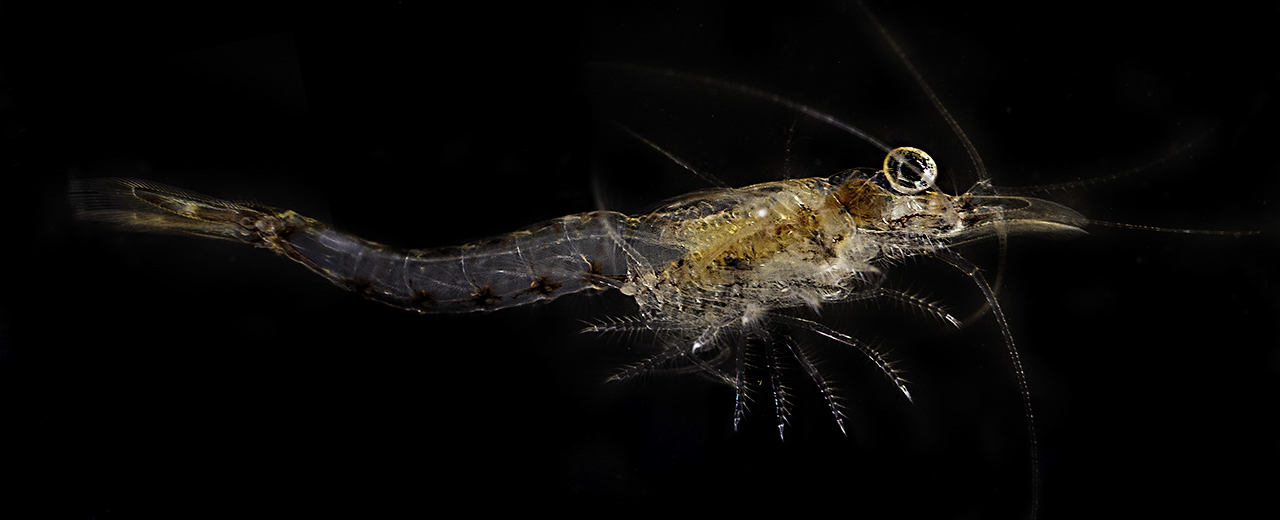|
Hypoplectrus Guttavarius
The shy hamlet (''Hypoplectrus guttavarius'') is a small Western Atlantic serranid fish, which belongs to the subclass perciformes in the class Actinopterygii (ray-finned fishes). To this date, seventeen species of the genus ''Hypoplectrus'' have been recognized, a third of which have been discovered in the past few years. They are synchronous hermaphrodites; ecologically and morphologically, all are remarkably similar in major features except for their color pattern which is how they are differentiated into different species. The name is derived from its personality because they are a solitary species that travel in pairs. They are mostly found in the Western Atlantic Ocean on Caribbean inshore areas in low depths () and in temperatures of about . Their habitat is rocks and corals. Hamlets are small and bright colored, specifically, shy hamlets have a yellow head and fins followed by a brown-black body. In addition, there are bright blue stripes around the eye and on the snout. ... [...More Info...] [...Related Items...] OR: [Wikipedia] [Google] [Baidu] |
Felipe Poey
Felipe Poey (May 26, 1799 – January 28, 1891) was a Cuban zoologist. Biography Poey was born in Havana, the son of French and Spanish parents. He spent several years (1804 to 1807) of his life in Pau, Pyrénées-Atlantiques, Pau then studied law in Madrid. He became a lawyer in Spain but was forced to leave due to his freethought, liberal ideas, returning to Cuba in 1823. He began to concentrate on the study of the natural science and traveled to France in 1825 with his wife. He began writing on the butterflies of Cuba and acquiring knowledge on fish, later supplying Georges Cuvier and Achille Valenciennes, Valenciennes with fish specimens from Cuba. He took part in the foundation, in 1832, of the Société Entomologique de France. Poey returned to Cuba in 1833 where he founded the Museum of Natural History in 1839. In 1842, he became the first professor of zoology and comparative anatomy at the University of Havana. He also took part in the creation of the Academy of Science ... [...More Info...] [...Related Items...] OR: [Wikipedia] [Google] [Baidu] |
Serranidae
Serranidae is a large family (biology), family of fishes belonging to the order Perciformes. The family contains about 450 species in 65 genera, including the sea basses and the groupers (subfamily Epinephelinae). Although many species are small, in some cases less than , the giant grouper (''Epinephelus lanceolatus'') is one of the largest bony fishes in the world, growing to in length and in weight. Representatives of this group live in tropical and subtropical seas worldwide. Characteristics Many serranid species are brightly colored, and many of the larger species are caught commercially for food. They are usually found over reefs, in tropical to subtropical waters along the coasts. Serranids are generally robust in form, with large mouths and small spines on the gill coverings. They typically have several rows of sharp teeth, usually with a pair of particularly large, canine (tooth), canine-like teeth projecting from the lower jaw. All serranids are carnivorous. Although ... [...More Info...] [...Related Items...] OR: [Wikipedia] [Google] [Baidu] |
Perciformes
Perciformes (), also called the Acanthopteri, is an order or superorder of ray-finned fish in the clade Percomorpha. ''Perciformes'' means " perch-like". Among the well-known members of this group are perches and darters ( Percidae), and also sea basses and groupers (Serranidae). This order contains many familiar freshwater temperate and tropical marine fish groups, but also extremophiles that have successfully colonized both the North and South Poles, as well as the deepest depths of the ocean. Taxonomy Formerly, this group was thought to be even more diverse than it is thought to be now, containing about 41% of all bony fish (about 10,000 species) and about 160 families, which is the most of any order within the vertebrates. However, many of these other families have since been reclassified within their own orders within the clade Percomorpha, significantly reducing the size of the group. In contrast to this splitting, other groups formerly considered distinct, such as ... [...More Info...] [...Related Items...] OR: [Wikipedia] [Google] [Baidu] |
Actinopterygii
Actinopterygii (; ), members of which are known as ray-finned fish or actinopterygians, is a class (biology), class of Osteichthyes, bony fish that comprise over 50% of living vertebrate species. They are so called because of their lightly built fish fin, fins made of webbings of skin supported by radially extended thin bony spine (zoology), spines called ''lepidotrichia'', as opposed to the bulkier, fleshy lobed fins of the sister taxon, sister clade Sarcopterygii (lobe-finned fish). Resembling folding fans, the actinopterygian fins can easily change shape and wetted area, providing superior thrust-to-weight ratios per movement compared to sarcopterygian and chondrichthyian fins. The fin rays attach directly to the proximal or basal skeletal elements, the radials, which represent the articulation (anatomy), articulation between these fins and the internal skeleton (e.g., pelvic and pectoral girdles). The vast majority of actinopterygians are teleosts. By species count, they domi ... [...More Info...] [...Related Items...] OR: [Wikipedia] [Google] [Baidu] |
Hypoplectrus
''Hypoplectrus'' is a genus of fishes commonly known as hamlets, found mainly in coral reefs in the Caribbean Sea and the Gulf of Mexico, particularly around Florida and the Bahamas. They are a popular choice for hobbyist saltwater aquariums, and come in a variety of colors. Reproduction Hamlets are simultaneous hermaphrodite A hermaphrodite () is a sexually reproducing organism that produces both male and female gametes. Animal species in which individuals are either male or female are gonochoric, which is the opposite of hermaphroditic. The individuals of many ...s (or synchronous hermaphrodites): They have both male and female sexual organs at the same time as an adult, meaning that they function as a male and female, making them one of the few vertebrates that are male and female at the same time. They seem quite at ease mating in front of divers, allowing observations in the wild to occur readily. They do not practice self-fertilization, but when they find a mate, th ... [...More Info...] [...Related Items...] OR: [Wikipedia] [Google] [Baidu] |
Pelagic Fish
Pelagic fish live in the pelagic zone of ocean or lake waters—being neither close to the bottom nor near the shore—in contrast with demersal fish that live on or near the bottom, and reef fish that are associated with coral reefs. The marine pelagic environment is the largest aquatic habitat on Earth, occupying 1,370 million cubic kilometres (330 million cubic miles), and is the habitat for 11% of known fish species. The oceans have a mean depth of . About 98% of the total water volume is below , and 75% is below . Moyle and Cech, p. 585 Marine pelagic fish can be divided into coastal (inshore) fish and oceanic (offshore) fish. Coastal pelagic fish inhabit the relatively shallow and sunlit waters above the continental shelf, while oceanic pelagic fish inhabit the vast and deep waters beyond the continental shelf (even though they also may swim inshore). Pelagic fish range in size from small coastal forage fish, such as herrings and sardines, to large apex pred ... [...More Info...] [...Related Items...] OR: [Wikipedia] [Google] [Baidu] |
Simultaneous Hermaphrodite
Simultaneous hermaphroditism is one of the two types of hermaphroditism, the other type being sequential hermaphroditism. In this form of hermaphroditism an individual has sex organs of both sexes and can produce both gamete types even in the same breeding season. The distinction between simultaneous hermaphroditism and sequential hermaphroditism is not always clear. But unlike sequential hermaphrodites, simultaneous hermaphrodites are both male and female at sexual maturity. Also sex determination does not apply to simultaneous hermaphrodites (except in species with mix mating systems). In simultaneous hermaphrodites, self-fertilization is possible in some species, where in others it is absent. Evolution The evolution of anisogamy possibly contributed to the evolution of Simultaneous hermaphroditism. It is known that simultaneous hermaphroditism that exclusively reproduces through self-fertilization has evolved many times in plants and animals, but it might not last long ev ... [...More Info...] [...Related Items...] OR: [Wikipedia] [Google] [Baidu] |
External Fertilization
External fertilization is a mode of reproduction in which a male organism's sperm fertilizes a female organism's egg outside of the female's body. It is contrasted with internal fertilization, in which sperm are introduced via insemination and then combine with an egg inside the body of a female organism. In animals, external fertilization typically occurs in water or a moist area to facilitate the movement of sperm to the egg. The release of eggs and sperm into the water is known as spawning. In motile species, spawning females often travel to a suitable location to release their eggs. However, sessile species are less able to move to spawning locations and must release gametes locally. Among vertebrates, external fertilization is most common in amphibians and fish. Invertebrates utilizing external fertilization are mostly benthic, sessile, or both, including animals such as coral, sea anemones, and tube-dwelling polychaetes. Benthic marine plants also reproduce through external ... [...More Info...] [...Related Items...] OR: [Wikipedia] [Google] [Baidu] |
Mysid Shrimp
Mysida is an order (biology), order of small, shrimp-like crustaceans in the malacostracan superorder Peracarida. Their common name opossum shrimps stems from the presence of a Brood pouch (Peracarida), brood pouch or "marsupium" in females. The fact that the Crustacean larvae, larvae are reared in this pouch and are not Motility, free-swimming characterises the order. The mysid's head bears a pair of stalked eyes and two pairs of antennae. The thorax consists of eight segments each bearing branching limbs, the whole concealed beneath a protective carapace and the abdomen has six segments and usually further small limbs. Mysids are found throughout the world in both shallow and deep marine waters where they can be Benthos, benthic or pelagic, but they are also important in some fresh water and brackish water, brackish ecosystems. Many benthic species make Diel vertical migration, daily vertical migrations into higher parts of the water column. Mysids are filter feeders, omnivores ... [...More Info...] [...Related Items...] OR: [Wikipedia] [Google] [Baidu] |
Crabs
Crabs are decapod crustaceans of the infraorder Brachyura (meaning "short tailed" in Greek), which typically have a very short projecting tail-like abdomen, usually hidden entirely under the thorax. Their exoskeleton is often thickened and hard. They generally have five pairs of legs, and they have "pincers" or "claws" on the ends of the frontmost pair, scientifically termed the '' chelae''. They are present in all the world's oceans, in freshwater, and on land, often hiding themselves in small crevices or burrowing into sediment. Crabs are omnivores, feeding on a variety of food, including a significant proportion of algae, as well as detritus and other invertebrates. Crabs are widely consumed by humans as food, with over 1.5 million tonnes caught annually. True crabs first appeared in the fossil record during the Jurassic period, around 200 million years ago, achieving great diversity by the Cretaceous period; around 7,000 extant species in 96 families are known. A numb ... [...More Info...] [...Related Items...] OR: [Wikipedia] [Google] [Baidu] |
Mantis Shrimps
Mantis shrimp are carnivorous marine crustaceans of the order Stomatopoda (). Stomatopods branched off from other members of the class Malacostraca around 400 million years ago, with more than 520 extant species of mantis shrimp known. All living species are in the suborder Unipeltata, which arose around 250 million years ago. They are among the most important predators in many shallow, tropical and subtropical marine habitats. Despite being common in their habitats, they are poorly understood, as many species spend most of their lives sheltering in burrows and holes. Dubbed "sea locusts" by ancient Assyrians, "prawn killers" in Australia, and now sometimes referred to as "thumb splitters" due to their ability to inflict painful wounds if handled incautiously, mantis shrimp possess powerful raptorial appendages that are used to attack and kill prey either by spearing, stunning, or dismembering; the shape of these appendages are often used to classify them into groups: extant m ... [...More Info...] [...Related Items...] OR: [Wikipedia] [Google] [Baidu] |
Chromis Cyanea
''Chromis cyanea'' (blue chromis) is a damselfish in the subfamily ''Pomacentrinae'', found in Bermuda, southern Florida and the Caribbean Sea. It is collected for the aquarium trade. Habitat and ecology Being a shallow water fish, the blue chromis is commonly found at depths of 3 to 5 m, but it can reach depths of 25 m below sea level. It's also been recorded at a depth of 60 m below sea level. It lives on the surface of reefs, but often swims in the water columns above the reefs to feed on plankton. Behaviour It's a rather solitary species, seen alone or in small groups, and tends to stay close to the reefs. The younger fish stay near the bottom in order to avoid predators. The males maintain a solitary breeding territory. After breeding with multiple females, they guard the eggs until the planktonic larvae hatch. Use and trade The blue chromis is largely collected for use in aquariums. There are no reliable numbers on the extent of this collecting, but damself ... [...More Info...] [...Related Items...] OR: [Wikipedia] [Google] [Baidu] |








